There is still time to evaluate your 2022 tax situation and make some year-end planning decisions.
Timing of Income and Deductions
If you have the ability to control the timing of your income, you can accelerate or defer income and deductions to manage your income tax brackets. It is imperative to not only look at 2022, but also what lies ahead in 2023 and the future to time income, deductions, retirement plan contributions, charitable gifts, etc.
Consider Year-End Investment Decisions
Work with your investment advisors to develop a plan for tax efficient investing. Consider waiting until January to sell so that you realize your capital gain or loss next year if you are in a higher marginal tax bracket in the current year and expect to be in a lower one in the following year. If you expect to recognize a capital gain this year, you should review your portfolio for possible capital losses that can be used to offset the gains. If you have any capital loss carryforwards, you should review your portfolio for capital gain opportunities to make use of such carryforwards.
Maximize Charitable Contribution Deduction
Taxpayers, especially those that are close to the standard deduction, may want to consider bundling their charitable contributions into 2022 to take advantage of this deduction. Contributing to a donor advised funds (DAFs) is a strategy to consider as well. DAFs allow you to make a substantial charitable contribution in a high-income year while directing the payment of the actual grants in future years.
If AGIs limits are not a factor, consider donating appreciated securities. When stock is donated to qualified charitable organizations, you receive a tax deduction for the full fair market value and avoid paying capital gains tax on the appreciation.
An additional option is making a qualified charitable distribution from your IRA required minimum distribution. If you already took your RMD for 2022 this is a strategy to consider for 2023.
Health Savings Accounts
Consider setting up a health savings account (HSA). HSAs allow you to deduct contributions to the account, the investment earnings are tax-deferred until withdrawn, and any amounts you withdraw are tax-free when used to pay qualified medical expenses. Once you reach age 65 you can withdraw funds for any reason and the withdrawal is treated much like an IRA. HSAs for 2022 may be established and contributions made by April 15, 2023.
Maximize Contributions to Retirement Plans
Contributing to retirement plans may lower AGI and allow tax deferred savings. If allowed by your retirement plan, consider Roth contributions.
Required Minimum Distributions (RMD)
RMDs must be taken by December 31. Taxpayers that turned age 72 during the year may defer the start date to April 1. In this circumstance, consideration should be given to the timing of your initial RMD based on your other income sources and your income tax bracket.
Roth IRA Conversions
Consider converting traditional-IRA money into a Roth IRA in 2022.
Reasons to consider a conversion include 1) There is no RMD requirement for Roth IRAs, 2) With the impending reduction to the estate tax exemption, taxpayers may benefit by paying the income tax now and reducing their taxable estate, 3) Taxpayers that want to leave IRA assets to their families will provide tax-free post death distributions, and 4) Tax rates are historically low.
Keep in mind that the conversion will increase your income and tax for 2022.
529 Education Plans
Maximize contributions to your state sponsored 529 plans to take advantage of state tax deductions. 529 plans can now be used for elementary and secondary school tuition as well as college or vocational school.
Avoid penalties and interest
In order to avoid penalty and interest for underpayment of taxes, you must pay in 90% of your current year tax or 110% of your prior year tax through withholding or timely estimated tax payments. If your withholding has decreased and/or income has increased substantially you should consider increasing your remaining withholding or estimated payment.
Maximize Wealth Transfer Strategies
Under current law taxpayers may exclude gifts of up to $16,000 per individual per year. Consider outright gifts to children, LLC and partnerships, and non-grantor trusts.
You may also make direct payments to medical providers for medical bills or qualifying educational institutions for grade school through higher education without gift tax consequences.
The current estate exemption is $12.06 million increasing to $12.92 million in 2023. Even without any legislative changes, under current law, this exemption will sunset on December 31, 2025 and revert to approximately $6.2 million. If you have not already done so you should review your estate plan to develop a strategy which may include gifting assets now to take advantage of the higher exemption.
Please contact us if you would like to discuss year end planning.
We will provide updates if any legislation is passed that affects 2022 tax plans.





